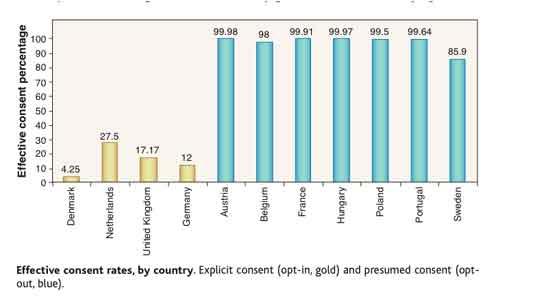Earlier this year I was working on our online banking platform and kept thinking about the question, “Will we need people in the finance function in the future or will it all be done by computers?”
I've come to the conclusion that people will be around for a long time. Humans and computers can do a lot more together then they can alone. J. C. R, Licklider (the founder of the internet) discussed this concept a long time ago in a paper called Man-Computer Symbiosis. Essentially machines do the grunt work, allowing humans to focus on things that are more important. Today humans work together alongside computers almost constantly. Think about driving to dinner by using the computerized maps and GPS on your phone. Or making a call on that phone (another computer). Or even driving the car that is stuffed with tiny computers to help with steering and measure your tire pressure.
I found a wonderful example of Man-Computer Symbiosis from Garry Kasparov -- one of the best chess players ever. He gave a lecture on how humans and computers can partner together when playing chess. I’ll summarize the key points below or you can also view a great piece that Kasparov wrote in the New York Review of Books or watch a video of Kasparov’s lecture.
- The End of Human Computer Chess? In 1997 the IBM computer Deep Blue beat the world chess champion Garry Kasparov. This was the first time that the best computer in the world beat the best human in the world. Most of the world considered this the end of human / computer chess. Computers would continue to get better each year much faster than people -- leaving human players in the dust.
- But A New Type of Competition Emerged: The website Playchess.com held a “Freestyle” competition in 2005. People could compete in teams and use computers. Traditionally the use of computers by human players would be considered cheating. There was substantial prize money offered which enticed many of the world’s greatest grandmasters and IBM’s newest supercomputer “Hydra” to enter.
- A Surprise Winner: As it turns out, grandmasters with laptops could easily beat Hydra and the other supercomputers. But the overall winner was a pair of amateur players with 3 laptops. These were neither the best players, nor the best machines, but they had the best process. As Kasparov writes, “Weak human + machine + better process was superior to a strong computer alone and, more remarkably, superior to a strong human + machine + inferior process.”
Another example is the company Palantir -- a software startup that helps “good guys” (e.g., governments, banks) catch “bad guys” (e.g., terrorists, fraudsters). Most people attack this problem from the perspective of “How can we get computers to find the bad guys?” Palantir takes man-computer symbiosis point of view by providing a tool that makes the good guys much better at their job.
Considering how pervasive computers are to the very fabric of our lives, thinking though the model of Man-Computer Symbiosis is critical to both building the best machines and also deploying and training people most effectively.
Considering how pervasive computers are to the very fabric of our lives, thinking though the model of Man-Computer Symbiosis is critical to both building the best machines and also deploying and training people most effectively.

